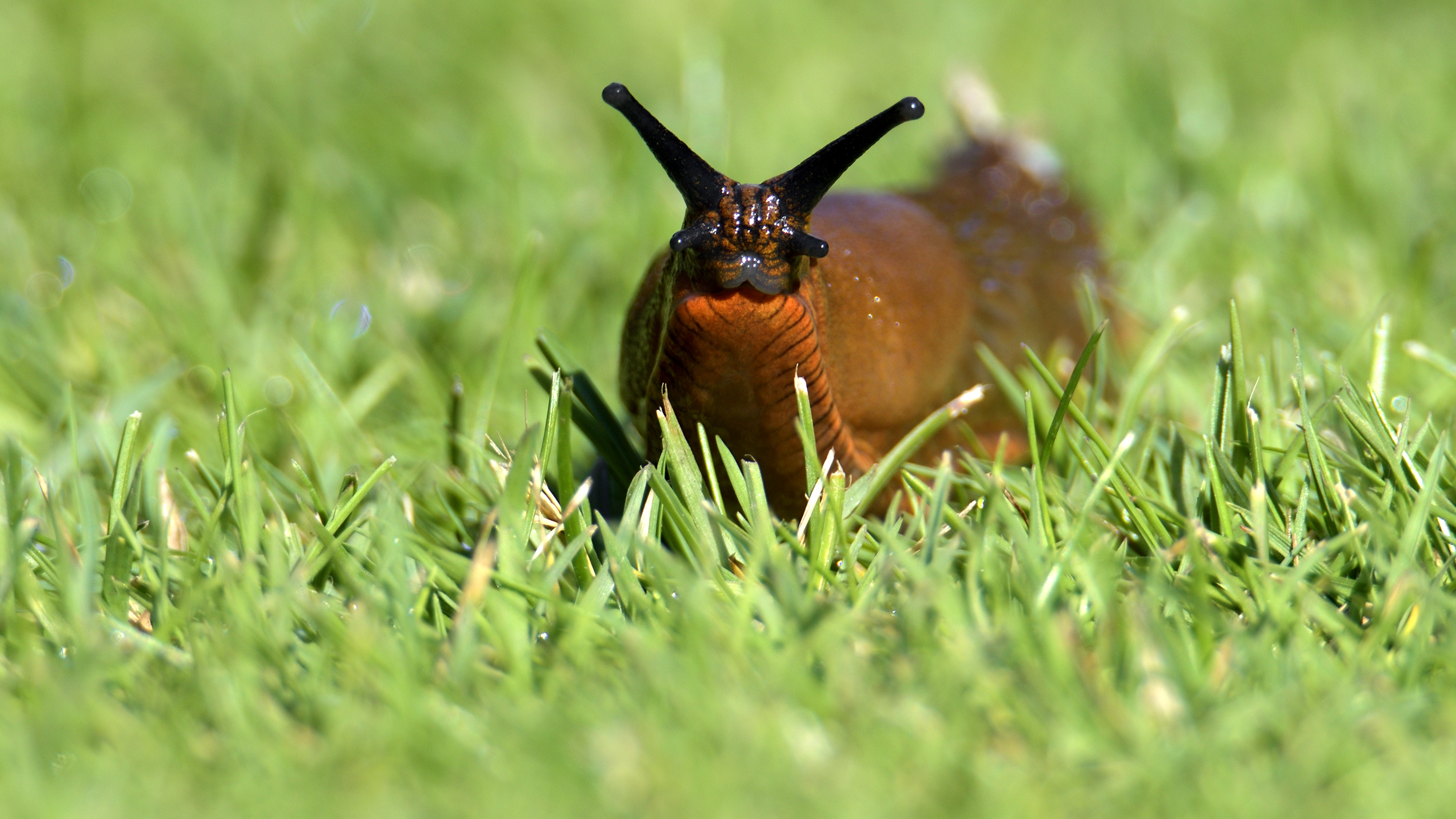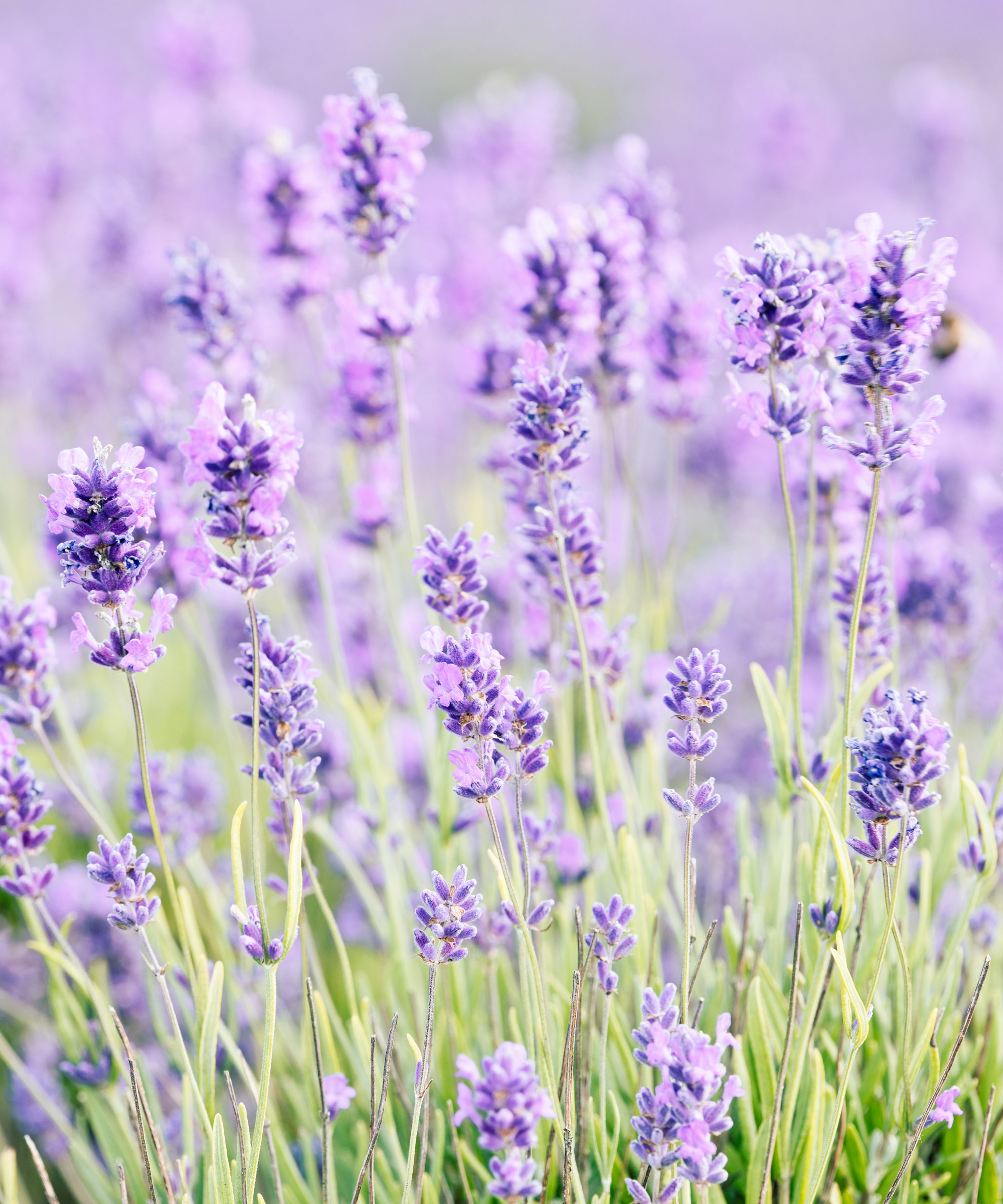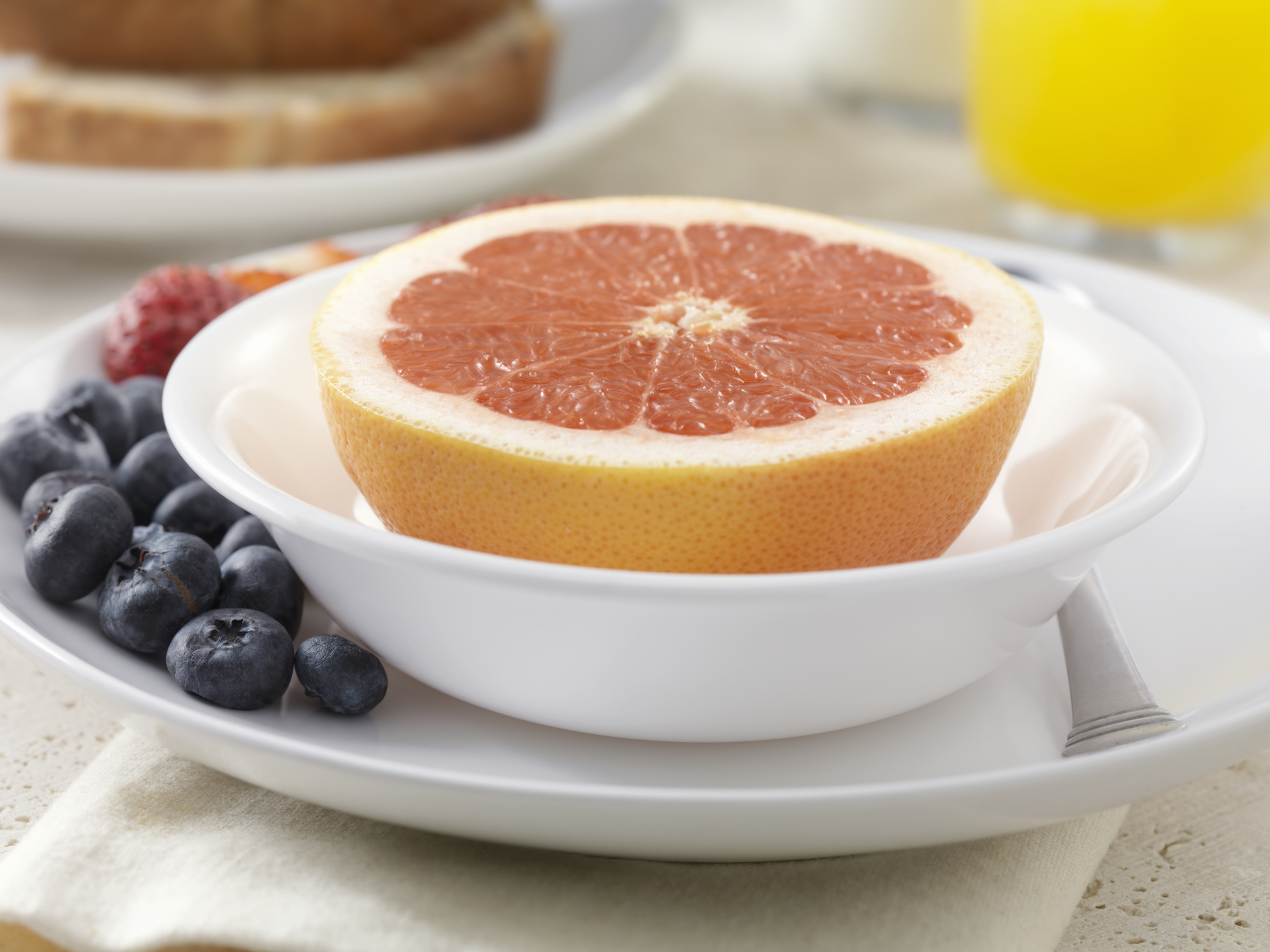How to get rid of slugs: 10 quick ways to save garden plants
Here's how to get rid of slugs in the garden and protect your crops from damage

Christina Chrysostomou
If you've spotted silvery slime trails, you'll want to know how to get rid of slugs ASAP. Unfortunately, these gross gastropods are a permanent fixture of temperate climates that get lots of rain and they can do some serious damage to your plants. Their favorite thing to eat is tender leaves, shoots, and seedlings, and they are very fond of lettuce and other green crops you're sure to be growing in your vegetable garden.
How to get rid of slugs effectively
Fear not, for those into non-toxic pest control, there are plenty of ways to get rid of slugs in your yard naturally and, if you're unfortunately seeing them creep into your home, you can tackle that too.
For those of you with furry friends, the good news is that you won't have to lay down anything that's poisonous to animals. These non-toxic deterrents will make away with mollusks for good.
1. Firstly, stay away from slug pellets
If you're a fan of Gardener's World, you know that Monty Don warns against using slug pellets or anything chemical when getting rid of slugs. Not only are these more expensive than many of our other deterrents – you could fatally harm other wildlife too.
2. DIY a beer trap
This probably won't get rid of all the slugs in your garden, but it will certainly trap a lot of them, and a bath of beer surely isn't the worst way to go, right? Choose a bowl that's shallow enough for a slug to easily crawl up, but deep enough for it to drown in. Fill it up with beer. Slugs are attracted to the smell of beer, so at least some of them will drown in it.
Don't go using your best craft brew as a bug-busting deterrent! Land slugs aren't fussy when it comes to this grain-derived booze, so something cheap and cheerful like Corona Extra on Amazon will do (no need for lime).
3. Plant slug-repelling plants

There are some plants slugs absolutely loathe and won't go near. Try growing lavender and lots of other herbaceous perennials, including rosemary in your herb garden. If you haven't got a garden center or nursery nearby, or lack green fingers, you'll be pleased to know that you can buy small potted shrubs online.
Get small space home decor ideas, celeb inspiration, DIY tips and more, straight to your inbox!
What's more, lavender and rosemary are two plants that repel mosquitoes, so you'll be killing two birds (or should that be pests) with one stone.
4. Water plants in the morning
Plants that are soaking wet overnight are a slug's favorite meal. Always water your plants from below, and in the morning, so that they're dry by nighttime. Generally speaking, it's one of our rules when it comes to watering plants, whether you're trying to get rid of slugs or not.
5. Make your home more unappealing
Slugs do occasionally find their way into homes. If slugs are appearing in your kitchen, they're probably attracted by the smell of food, especially any pet food that's been left out.
There are two simple steps to getting rid of slugs that are finding their way inside: seal off entry points with silicone sealant or foam, and by keeping your kitchen clean, and remembering to remove pet food overnight.
If your furry friend does like a midnight snack, you can get an automatic pet feeder on Amazon which does mitigate large quantities of food being left out at night time.
6. Create a fruity trap

Enjoy this tart citrus fruit? Then you're in for a treat. Once you've enjoyed your yellow or pink grapefruit, then place a couple of hollowed halves upside down on the ground, making sure there is enough clearance for a slug to enter. The peel provides slugs with food, and a damp environment to hide. Leave overnight and dispose of any slugs caught in the morning.
Allow the circle of life to take place by popping it on your garden table, and letting the garden birds feast.
Don't like grapefruit? Try using orange or melon peel instead.
7. Encourage natural predators to prey on slugs
Letting nature do its thing is often the best way with pests. Hedgehogs, birds beetles, frogs, and toads all love a slug or two, so find ways to make your backyard feel more inviting to them.
There are a ton of creative ways to make it a hospitable environment for your carnivorous helpers. You can build a garden pond, DIY a hedgehog house, or buy a bird feeder for cheap on Amazon.
8. Grab some seaweed (or salt)
No, not the fried cabbage you grab from your Chinese takeout – real seaweed. Thankfully if you don't live by the coast you can find it on Amazon in powder form. If you've ever tasted kelp you'll know how salty it is. And, most of us have seen a slug shrivel up on contact with regular table or sea salt...
9. Nuke them with nematodes
Possibly the grossest idea we've got... But hear us out, because it's super effective. Nematodes are a type of parasite that eat slugs, they can also be a problem when growing zucchini. But they have their pros. Also known as eelworms, roundworms, or Phasmarhabditis hermaphrodita, nematode organisms can eradicate the slimy suckers.
Thankfully you can simply buy a box of beneficial nematodes from NaturesGoodGuys on Amazon. And, the greatest news is that this particular product will help you to get rid of gnats and 200 other species of soil-dwelling and wood-boring insects.
10. Create barriers and protect planters
When deterring flies, we might guard our food with a mesh cover, so it makes sense to invest in an outdoor equivalent for your plants, like a cloche. These domes essentially act as a barricade between slugs and precious plants.
'Cloches and copper rings provide a barrier against slugs for young plants.' explains Andrew Salisbury, senior entomologist, RHS Garden Wisley
'Mulches such as fresh soot, sharp sand, gravel, and products made from mineral granules, crushed shells, or wool all deter gastropod movement across the soil. The barriers are made of substances that slugs are less likely to cross.'
'Barriers need to surround susceptible plants completely and mulches must be replenished regularly, such as after heavy rain. Reports that coffee grounds in gardening are a suitable barrier are unsubstantiated and based on a misinterpretation of research that investigated the chemical caffeine as a control and not coffee grounds.'
If container gardening is more your thing, copper tape, pot feet and gravel trays are Salisbury's go-to's. Here's what he has to say about the various types of methods on the market.
Copper tape: 'Copper-based barriers will give the best results; copper has an irritating and repellent effect on slugs. It does not kill them, however, and will not reduce their numbers. Keep the barriers free of debris and ensure they completely encircle the container.'
Pot feet: 'Lift containers off the ground to reduce points of access for slugs. Copper pot feet act as an extra deterrent.'
Gravel trays: 'Sit pots on drainage trays filled with a good layer of sharp gravel to act like a barrier mulch.'
What kills slugs naturally?
'A pathogenic nematode specific to molluscs, Phasmarhabditis hermaphrodita (sold as Nemaslug) can help control slugs biologically. These microscopic wormlike creatures enter a slug’s body (below) and release bacteria that kill it,' explains Salisbury.
When soil temperatures are 5–20°C (41–68°F), you water the nematodes into the soil. They require damp conditions and you should keep the soil moist for a week after application.' You can find similar products available at Amazon and Nemaslug is available by mail order and from some garden centres.
'Since it is a living animal, it should be applied directly after purchase. The slug population can be reduced for at least six weeks. Nematodes work best in light soils and may give disappointing results in heavy clay.'
Full materials list
1. A bowl
2. Beer: Corona Extra's are a budget-friendly brew
3. Herbaceous perennials: Rosemary and lavender
4. Your best garden hose: or use a watering can instead
5. Silicone sealant: Gorilla waterproof caulk and seal has a 4.5-star rating on Amazon
6. Foam sealant: Loctite TITE FOAM seals all gaps and crevices
7. A bird feeder: Lots to pick from on Amazon
8. Grapefruit: start the day with some fresh fruit
9. Seaweed: either fresh or in powdered form
10. Salt: Amazon sell cheap sea salt
11. Beneficial nematodes: pretty helpful parasites
12. Cloches: cover up plants with a chicken wire dome
13. Copper tape: this shiny foil will fool slugs
14. Gravel: Stop slugs with this stony surface
15. Gravel tray: You don't need to have deep pockets
16. Planter feet: this idea has got some legs on it
Anna is a professional writer with many years of experience. She has a passion for contemporary home decor and gardening. She covers a range of topics, from practical advice to interior and garden design.
- Christina ChrysostomouFormer acting head ecommerce editor